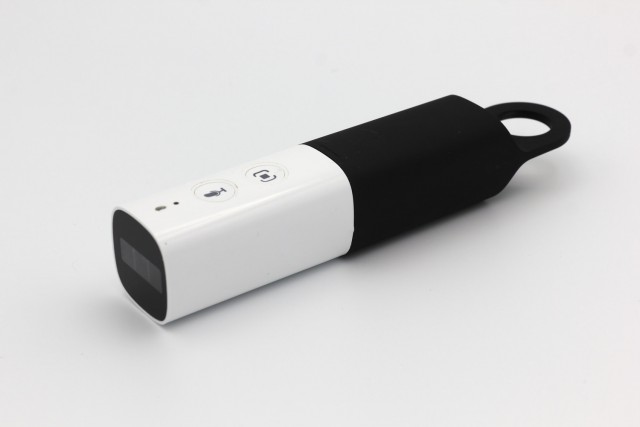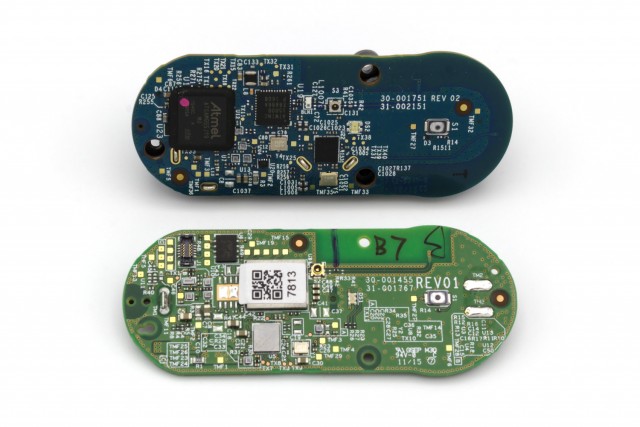Ricoh provides a “Basic app” for Windows and Mac that will update the Theta S’ firmware and stitch the dual-fisheye video output into equirectangular video. The application UI and glue code, SphericalViewer.swf, is built using Adobe Flex, while the video stitching portion, camera communications portion, and firmware updater are native code. The video stitcher is built using OpenCV and FFmpeg. Although reverse engineering native code is rather involved, reverse engineering Flash objects is much easier. Running SphericalViewer.swf through the JPEXS flash decompiler produced fairly readable output.
The most interesting part was related to the configuration file, CommonConfig.dat. After opening the file in a text editor, it was immediately obvious that it was Base64-encoded, but the decoded output was gobbledygook. However, I was able to decode it by analyzing the appropriate function in the decompiled Flash object. Indeed, the first step was to Base64-decode the file’s contents. The next step explains why the decoded output didn’t make sense—it was encrypted. After the Base64-decode, the result needs to be twice decrypted using an 256-bit AES key in Cipher Block Chaining (CBC) mode. This would normally prove to be extremely difficult, but the encryption key is defined as a variable in the same function, which makes it quite easy. This allowed me to write a configuration file decoder in Python. Once decoded, the configuration file is just an XML file. I’m not sure what the point of encrypting the configuration file is when the encryption key is easily accessible, and I’m really not sure what the point of encrypting it twice is, particularly with the same key.
Continue reading →

